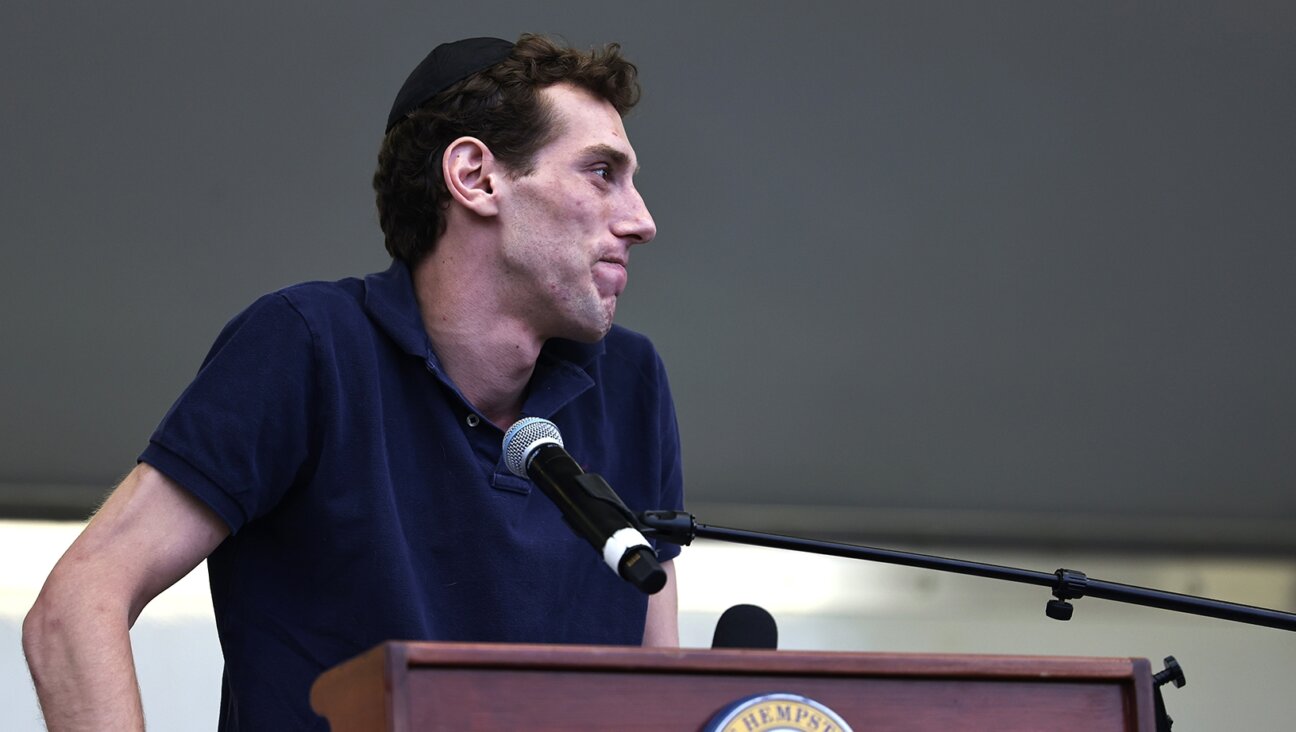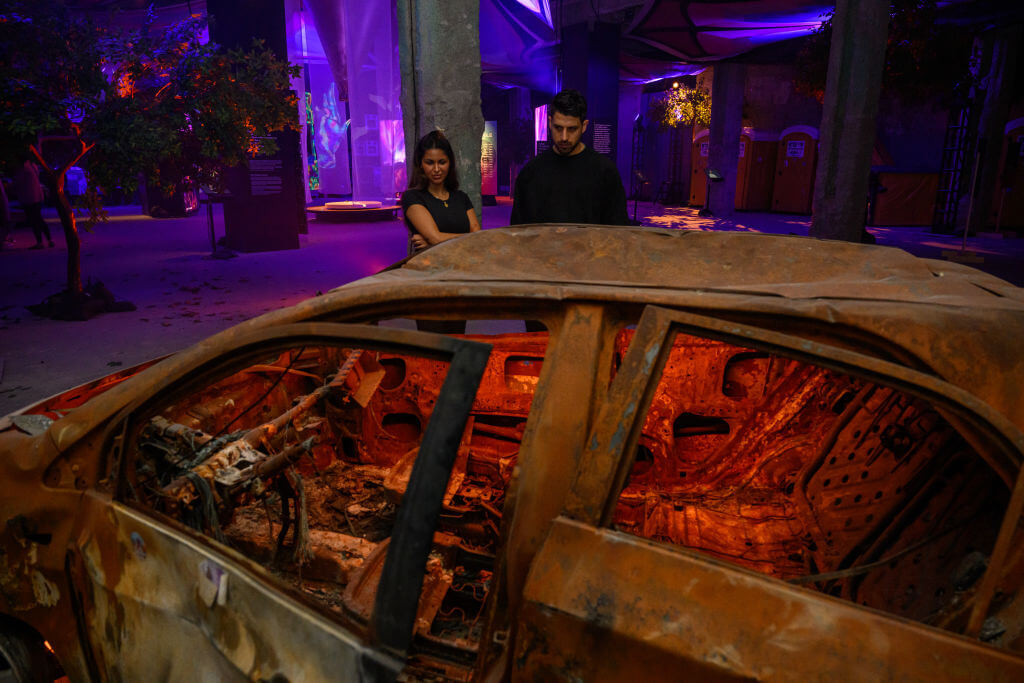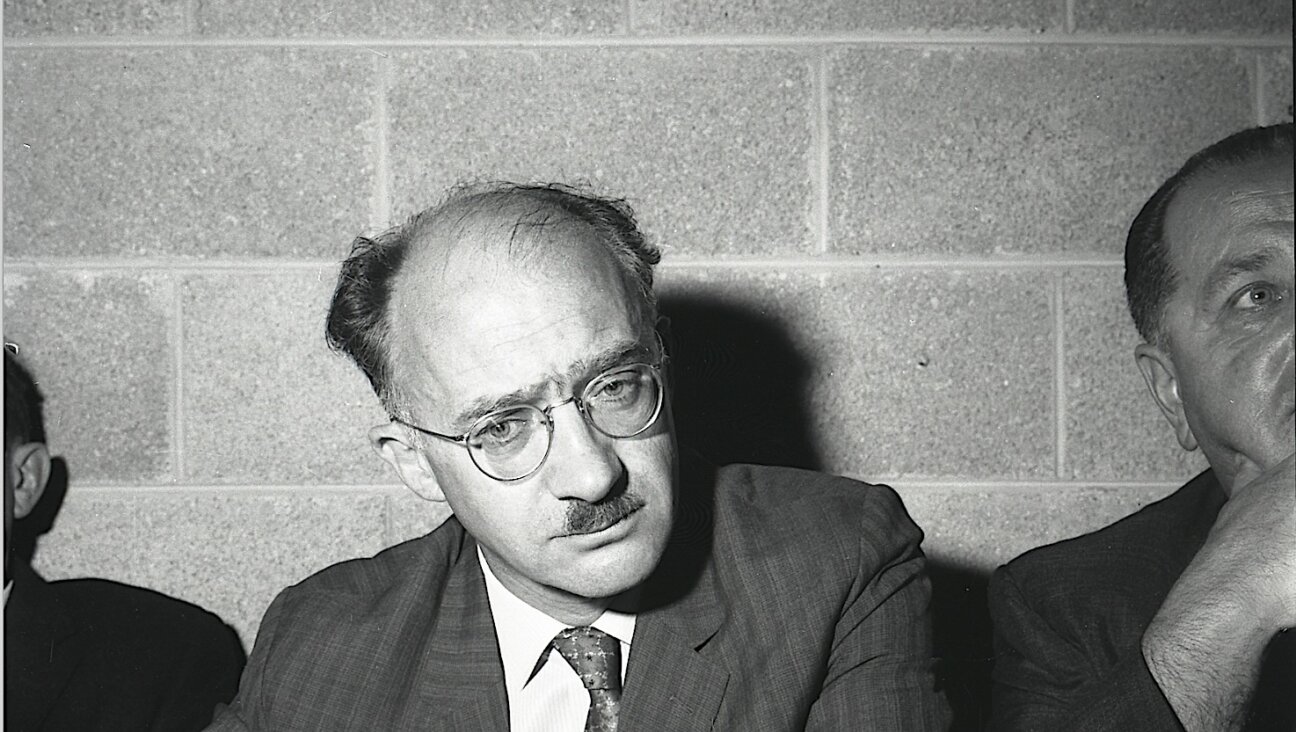Encyclopaedia Judaica 2.0
When the philosopher Denis Diderot set out, in 1750, to compile the French Encyclopédie — a work whose goal, he later said, was to “assemble the knowledge scattered over the surface of the earth” — he boldly announced that the project’s 10 envisioned volumes would be in readers’ hands in just four years’ time. The world’s knowledge, however, turned out to be scattered more widely than Diderot had thought. It was not until 1780 that the by then 35-volume opus was complete. Then again, in late 18th-century France, the very surface of the earth seemed to be in flux.
It was not long before Jewish thinkers embraced the scholarly spirit that animated the French encyclopedists. Chief among these were the 19th-century German Jewish practitioners of what came to be known as Wissenschaft des Judentums, or the scientific study of Judaism. The Wissenschaft movement, in turn, spawned a number of encyclopedias: the Jewish Encyclopedia of 1906, the ill-fated German-language Encyclopaedia Judaica, which the rise of the Nazis halted at the letter L, and, perhaps most famous of all, the English-language Encyclopaedia Judaica, published amid much fanfare in 1972.
The more than 30 years that have elapsed since the Encyclopaedia Judaica first saw the light of day have again been a time of flux, both for the Jewish world and for the world at large. And so, in 2002, Thomson Gale, the encyclopedia’s publisher, canvassed librarians and researchers in an effort to see if there was a need for a new edition. The answer was an emphatic “yes.” A thoroughgoing revision ensued: 4.7 million new words, 2,200 new entries and revisions to nearly 10,000 more. Most striking of all — a feat that no doubt would have impressed poor Diderot — the edition was prepared in just four years.
Though widely regarded as a great milestone in Jewish scholarship, the Encyclopaedia Judaica has come in recent years to be seen as something of a relic. Born in the euphoria that followed the Six Day War, the project saw Israel as the center of the Jewish world and relegated Diaspora Jewry to its periphery. Also put on the margins were Jewish women, who accounted for a mere 1.25% of the original entries. The E.J., as it is affectionately called, also preceded the enormous growth that the field of Jewish studies has enjoyed on American campuses in recent decades.
The new encyclopedia arrives at an uneasy time for the publishers of reference books. While in 1972 the student’s first stop was a shelf of encyclopedias, today it is, more likely than not, Google or Wikipedia. Tellingly, if one is to enter the term Encyclopaedia Judaica into Google, the Wikipedia entry comes up before the page for the encyclopedia itself. In a blurb for the original edition, David Ben-Gurion said that it was “the duty of every Jewish parent in the English-speaking world to have a copy of the Encyclopaedia in the home.” It is difficult to imagine Ehud Olmert issuing a similar injunction.
If there is a link between the first edition of the Encyclopaedia Judaica and the second, it is the project’s chief editor, Fred Skolnik, whose affiliation with the encyclopedia began in 1972. For Skolnik, who made aliya in 1963 and lives in Jerusalem, the main difference between the first edition and the second is the place held by Israel. “Israel is a different kind of country today than it was in 1970,” he said. “Then, the editorial work on everything that pertained to Israel was produced in a very, very optimistic spirit. Today, there’s much less optimism.” By way of contrast, Skolnik pointed to a “tremendous” growth in self-confidence on the part of American Jewry, both generally and in the academy.
If Skolnik represents continuity at the encyclopedia, Judith Baskin can be said to represent its new face. A professor at the University of Oregon and the outgoing president of the Association for Jewish Studies, Baskin’s charge was to incorporate scholarship on women and gender into the encyclopedia. “The original Encyclopaedia Judaica,” she said in a speech at the Jewish studies association’s annual conference last month, “was produced by men who imagined Jewish religious life, history, culture and scholarship in essentially androcentric terms.” As a corrective, Baskin commissioned and edited more than 500 new entries.
Another new area of focus for the encyclopedia is the Holocaust. When work on the first edition was begun, the wounds of the tragedy were still fresh and scholars had barely started to explore it. “In 1972,” said Holocaust scholar Michael Berenbaum, who served as executive editor of the new edition, “there were two courses on the Holocaust being taught in the entire United States. A meeting of Holocaust scholars could have taken place in an ancient artifact called the phone booth.” In the new edition, the entry for the Holocaust is shorter only than the one for Israel, which warranted an entire volume of its own.
While the new edition reflects the burgeoning of the fields of Jewish and Holocaust studies, it also reflects intellectual trends that have taken place outside the academy. In an introduction written for the new edition, Stephen Wald, a professor at the University of Haifa and one of the encyclopedia’s editors for Talmud, writes, “since the 1970s, we have been witness to a dramatic increase in the study of talmudic literature, not just within the rapidly expanding world of academic Judaic studies, but even more so among the public at large.” With this in mind, entries were geared as much for the general reader as for the specialist.
Outside the intellectual realm, the Jewish world has experienced a host of social and geographical shifts that the new edition has tried to capture. “German Jewry has grown and Soviet Jewry is no longer,” Berenbaum said. “Las Vegas and Phoenix are now major Jewish centers. Organizations have undergone evolution: Aipac, Hillel, B’nai B’rith.”
Perhaps the most immediate difference between the first edition and the second, recognizable the moment one turns to any random page, is that the new version is virtually free of images. The explanation is economic, Skolnik said. The publisher wanted the print and electronic editions to be identical, and getting permission to use the images in electronic form proved both logistically and financially unfeasible.
Another hurdle the new edition will have to overcome — one not often mentioned by those who worked on the project — is a reputation the first edition had for being riddled with errors. It has jokingly been called “The Big Book of Jewish Lies.” Still, David Sorkin, a professor of Jewish history at the University of Wisconsin, felt it was important to emphasize the work’s enduring strengths. “Yes, it’s famous for its inaccuracies,” he said, “but you have to give it its due. It’s invaluable for teaching and still the first place I’ll turn.”
As for how the new edition will be received, it’s still too soon to tell. David Gilner, director of libraries at Hebrew Union College-Jewish Institute of Religion in Cincinnati, said that while he has bought four sets — which retail for $2000 each — he has yet to examine the new edition closely. Gilner did, however, say that he has been asked to offer a review at a convention of the Association of Jewish Libraries in June.
For his part, Berenbaum is enthusiastic.
“Though the giants of the last generation played an important role in editing the Encyclopaedia Judaica,” he said, “the fields they developed and in some cases pioneered have moved beyond them; their findings have been built upon, their methodologies refined, enhanced, expanded and disputed, and the result transforms our understanding even of the fields they illuminated so masterfully a generation ago.”
And what of the easy temptations of online resources like Wikipedia?
“The question we have to ask ourselves,” he said, “is if it’s all immediate and free, does it go up to a higher value or down to a lower one?”
On the question of Wikipedia and its relative merits, Jay Flynn, Thomson Gale’s publisher for history, religion and social sciences, offered a different take.
“Something like Wikipedia struggles very much to include all voices in a single format,” he said. “Sometimes you can do that — an article on the invention of the teapot, perhaps — but when it comes to things where people live and breathe and work and pray and marry and eat, and where they choose to live and whom they choose to wage war against, those kinds of questions are often muddied by a search for an objective truth. What we’re trying to do with Judaica is make an encyclopedia that’s by, of and for Jews and tells their story from their point of view.”
Gabriel Sanders is the associate editor of the Forward.
















